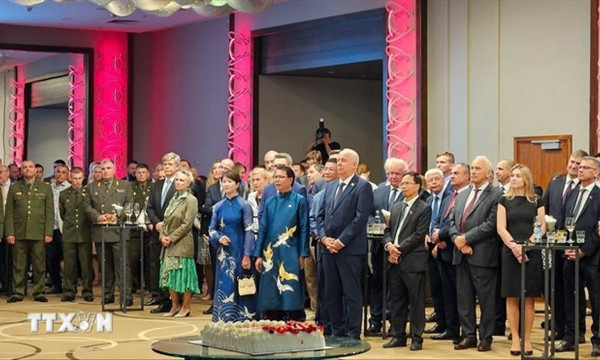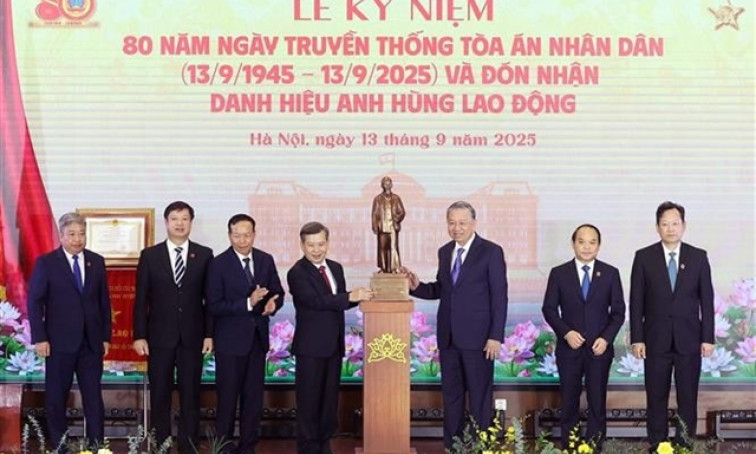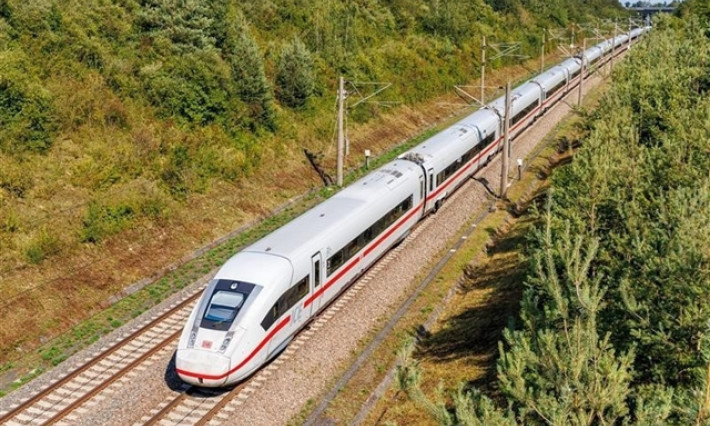May 2, 1954: Vietnamese troops tighten siege of Dien Bien Phu fortress group
At Isabelle (Hong Cum), Regiment 57 tightened the siege and attacked and destroyed many enemy forces. At dawn on May 2, 1954, the enemy had to withdraw from area C. At 4:00 AM the same day, Regiment 209 (Division 312) captured strongholds 505 and 505A (Dominique 3) on the east bank of Nam Rom River.
On the night of May 2, 1954, Regiment 36 completely destroyed stronghold 311B (Huguette 4). During the day, Vietnamese units eliminated two enemy battalions and shot down one Morane observation aircraft and one Corsair aircraft.
After the Vietnamese victory, the Eliane resistance centre located east of the fortress group only had two strongholds left: A1 (Eliane 2) and C2 (Eliane 4). On the west side of the Muong Thanh field, Vietnamese soldiers opened trenches straight towards De Castries’s Command Post, with some trenches reaching just 300m away from the Command Post.
On the enemy’s side: While French military units were under siege in the Dien Bien Phu basin, on May 2, 1954, the US Government was forced to accept the Soviet Government’s steadfast stance on the Democratic Republic of Vietnam being party to the Geneva Conference. With the active support of the Soviet Union, Vietnam attended a major international conference for the first time, although it was not yet diplomatically recognised by the UK, France, or the US.
Faced with the risk of being destroyed at Dien Bien Phu, on May 2, 1954, Navarre hurriedly flew from Saigon to Hanoi to convene a meeting on how to save the situation. General Navarre also reported to France and received the following answer: “No matter what, do not surrender.” Faced with that situation, Navarre advocated to continue to fight to prolong the existence of Dien Bien Phu.
Under the direct command of Navarre, on the day and night of May 2, 1954, 120 tonnes of supplies were dropped at Dien Bien Phu. Although 50% of the supplies were lost, the effort contributed to increasing food reserves from three to five days, in addition to supplying five sets of 105mm artillery shells, three sets of 155mm artillery shells, and three sets of 102mm mortar shells.






